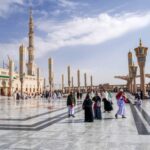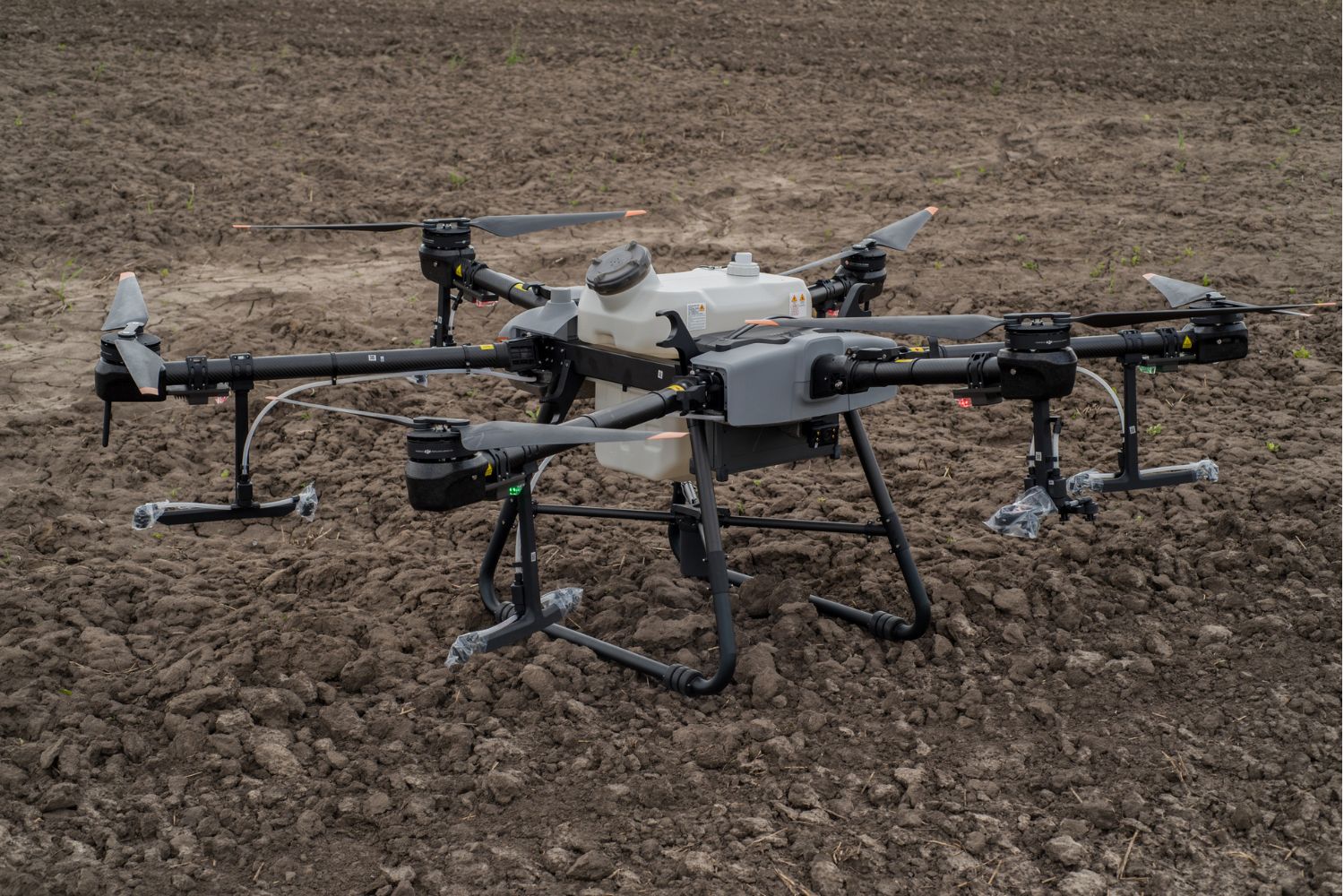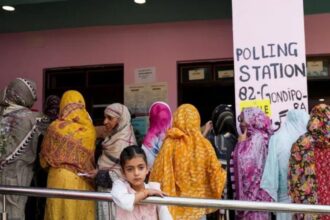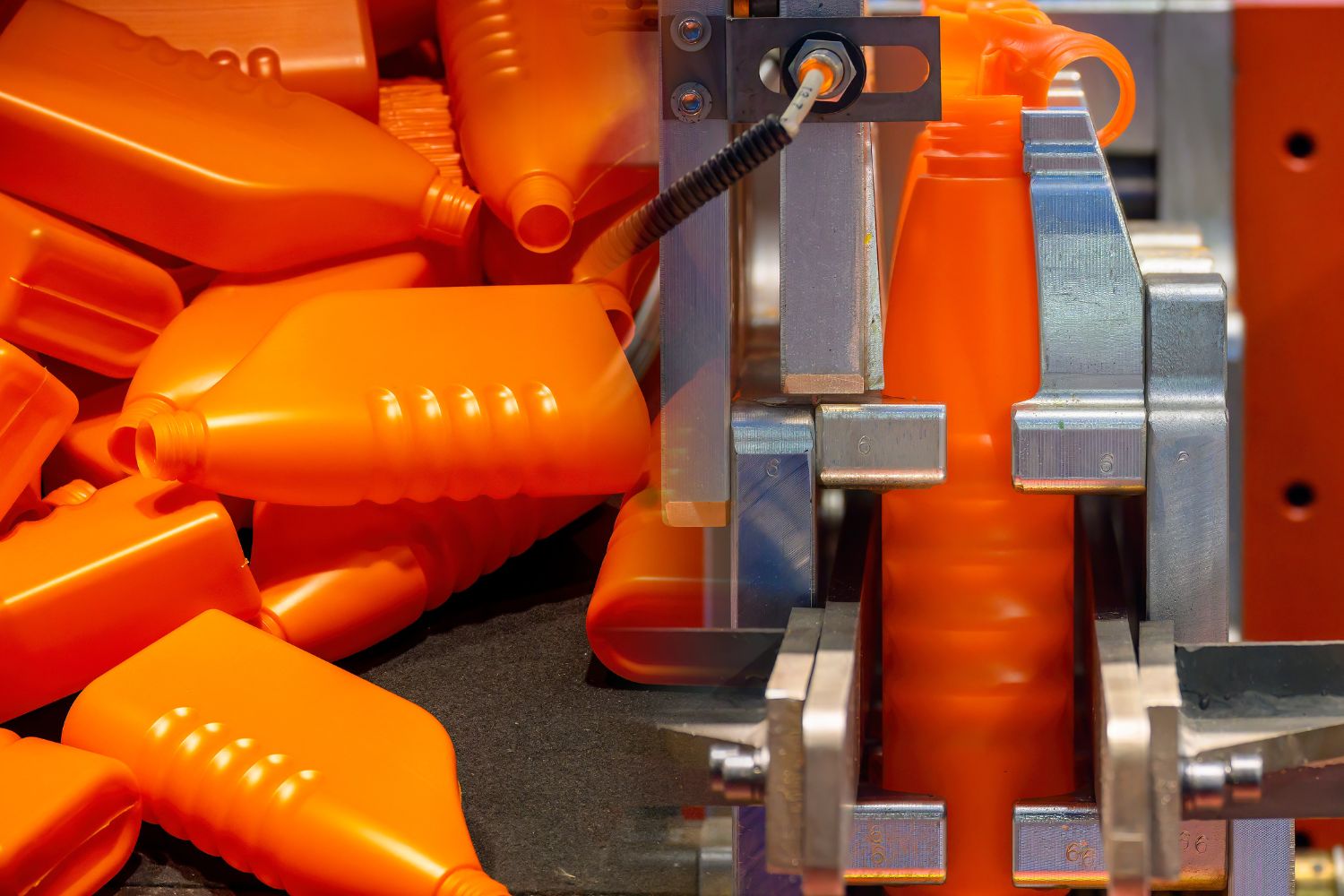The unexpected shutdown earlier this monty by Unit 1 at Koeberg Nuclear Power Station (KNPS) coincided with an appeal submitted by the Southern African Faith Communities’ Environment Institute (SAFCEI) against the National Nuclear Regulator’s (NNR) decision to extend the unit’s operational life by an additional 20 years. SAFCEI has raised significant concerns regarding the safety and oversight of the nuclear facility, highlighting critical maintenance delays by South Africa’s national electricity grid, Eskom, and alleged failures in regulatory oversight by the NNR.
Background on Koeberg Nuclear Power Station
KNPS, located near Cape Town, is the only nuclear power plant on the African continent. It consists of two pressurized water reactors, Unit 1 and Unit 2, which have been operational since the mid-1980s. The plant plays a crucial role in South Africa’s energy grid, providing a stable and significant portion of the country’s electricity.
The Unexpected Shutdown
The unexpected shutdown of Unit 1 occurred after an isolation/block valve failed its routine three-monthly test. Eskom, which operates Koeberg, stated that the shutdown was a precautionary measure to restore redundancy of the steam pressure relief system in line with operating technical specifications. The unit was offline for eight days before Eskom began the process of bringing it back online.
SAFCEI’s Appeal and Concerns
SAFCEI’s appeal against the NNR’s decision to extend the operational life of Unit 1 by 20 years is rooted in several critical concerns:
Safety Risks: SAFCEI argues that the NNR has failed to perform its oversight role adequately, particularly concerning significant safety risks at the plant. The organization points to well-documented structural issues within both Unit 1 and Unit 2.
Maintenance Delays: Eskom has faced criticism for egregious delays in performing essential maintenance. SAFCEI contends that these delays compromise the safety and reliability of the plant.
Lack of Transparency: SAFCEI has also raised concerns about the lack of transparency from Eskom regarding the true costs and status of the plant’s refurbishment and maintenance efforts. The organization claims that information about the plant’s operations and safety status is not readily available to the public.
Eskom’s Response
Eskom has defended its actions, stating that the shutdown was conducted conservatively and safely, with no risk to the plant, staff, public, or environment. The utility company emphasized that the long-term operation project for Unit 1, which included extensive refurbishments, aimed to ensure the unit could provide stable, reliable, and cost-effective energy for an additional 20 years.
The issue has brought to light significant concerns about the safety and oversight of South Africa’s only nuclear power plant. SAFCEI’s appeal against the NNR’s decision to extend the unit’s operational life underscores the need for rigorous regulatory oversight and timely maintenance to ensure the safety and reliability of nuclear energy in the country. As Eskom works to bring Unit 1 back online, the debate over the future of Koeberg and its role in South Africa’s energy landscape continues.
ALSO READ: Saudi Arabia’s plant-powered push: a recipe for health and sustainability













